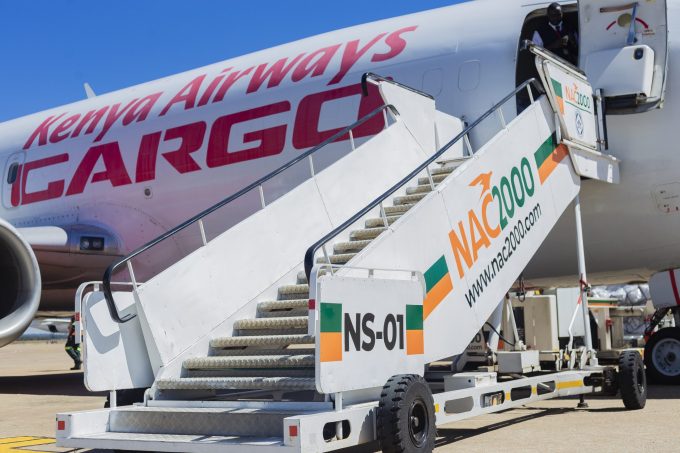Air cargo still flying high as capacity stays tight, but rates are slipping
It may be January, but faith in the air cargo sector continues to be high, ...

An increasingly competitive landscape and high airfreight costs have put pressure on air cargo in some landlocked parts of Africa.
Most African shipments are perishables, but for mining economies such as Zambia, which is landlocked in southern Africa, mining-related materials, as a percentage of total imports, have declined in recent years.
Generally, there has been a steady decline of imports and exports since 2018 in the country. Imports to year-end 2021 were down 25%, and exports down 15% over the same period, ...
Asia-USEC shippers to lose 42% capacity in a surge of blanked sailings
USTR fees will lead to 'complete destabilisation' of container shipping alliances
New USTR port fees threaten shipping and global supply chains, says Cosco
Outlook for container shipping 'more uncertain now than at the onset of Covid'
Transpac container service closures mount
DHL Express suspends non-de minimis B2C parcels to US consumers
Zim ordered to pay Samsung $3.7m for 'wrongful' D&D charges
Flexport lawsuit an 'undifferentiated mass of gibberish', claims Freightmate

Comment on this article